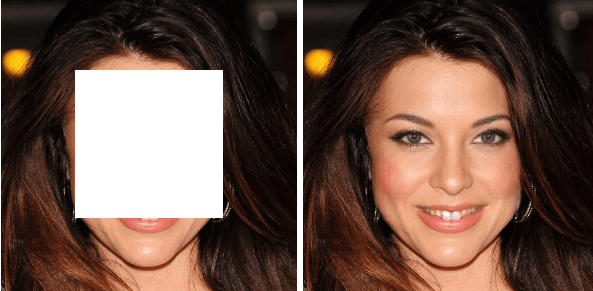
Oil painting restoration
Early era
Image inpainting has been a cornerstone process in the history of art, aiming to fill damaged, deteriorating or even missing pieces of an artowork, while trying to mimic the original content, and when it is not available, respect the style of the piece of art.



